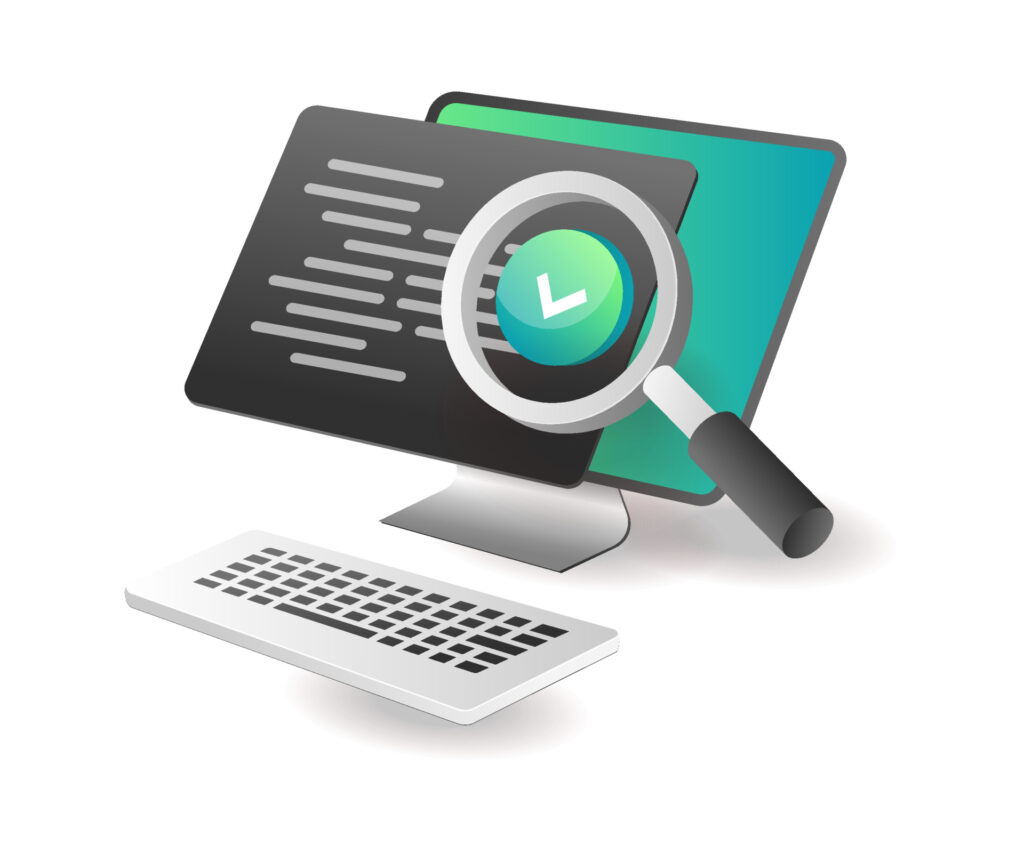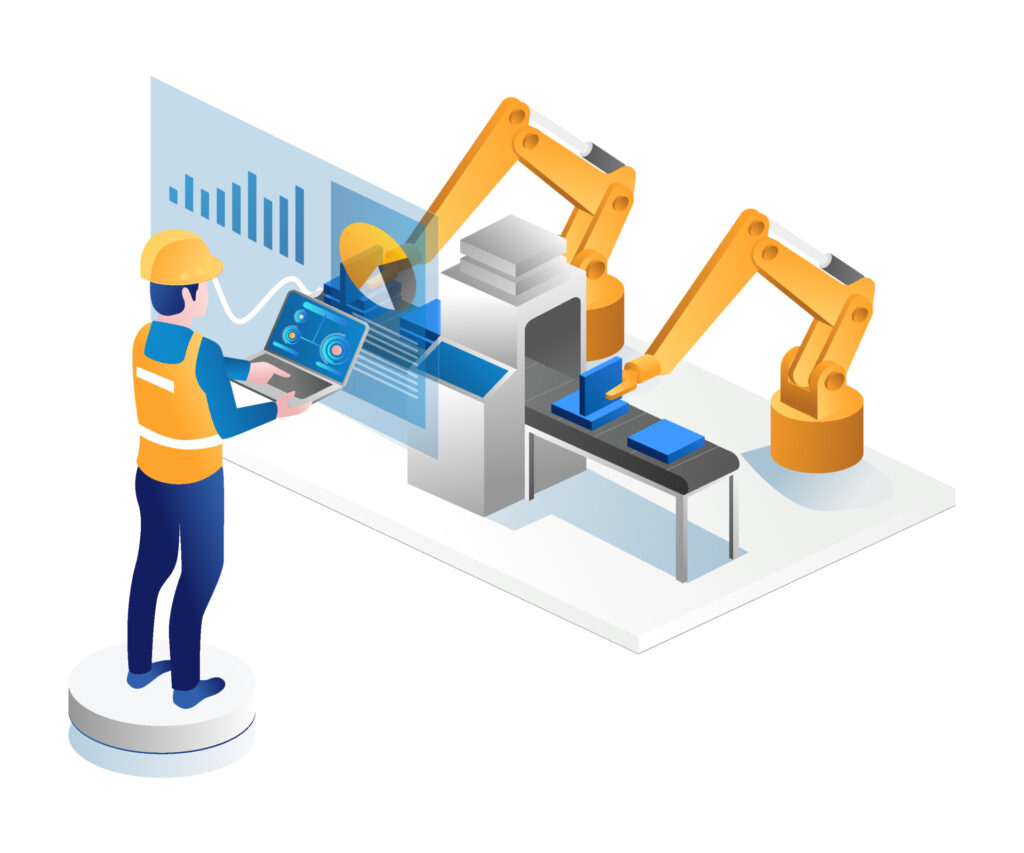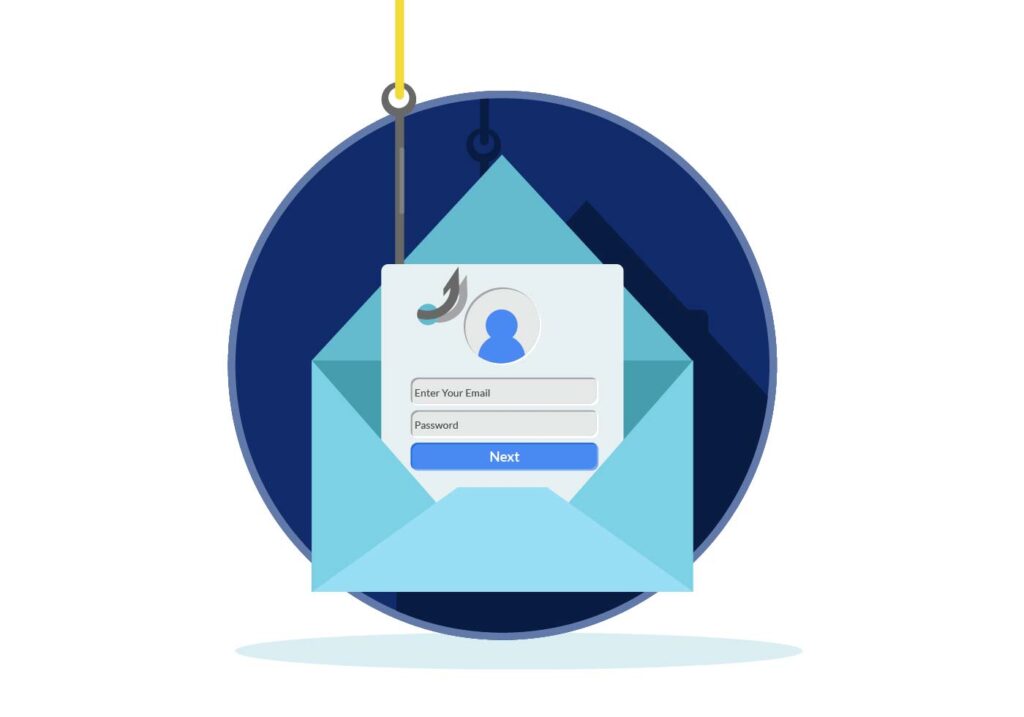When Glitches Grind the Gears: The Hidden Cost of Neglected Tech in Manufacturing

In manufacturing, efficiency isn’t just a goal—it’s the lifeblood of the floor. So when production comes to a screeching halt because of a “glitch,” it’s more than just a hiccup. It’s downtime. Missed deadlines. Lost dollars. And nine times out of ten? It’s not the machine’s fault. It’s the technology behind it throwing a silent tantrum after months (or years) of being ignored.
The Glitch is Just the Symptom
That scanner freezing up mid-batch? The scheduling software that suddenly forgot how calendars work? The machine interface stuck on an error message that might as well say “¯\(ツ)/¯”? These aren’t just random events. They’re your tech whispering (sometimes shouting) that it needs some attention.
The reality is this: most production interruptions blamed on “bad luck” are actually tech trying to limp along with outdated patches, cluttered databases, or misconfigured systems.


The Cost of Ignoring Digital Maintenance
Let’s put it in manufacturing terms:
You wouldn’t run a CNC machine for years without tuning it. So why do we treat our servers, integrations, and shop-floor systems like they’re magically self-sustaining?
Neglected tech leads to:
- Production delays that kill on-time delivery rates
- Communication breakdowns between teams and systems
- Wasted labor hours while someone “figures it out”
- Customer frustration when lead times slip again
And worst of all: the constant, low-grade stress of not knowing when the next glitch will strike.


Your infrastructure needs regular TLC. That includes:
- Software updates and patches (we see you, Windows 2012)
- Streamlined workflows (no, three logins to print a label is not efficient)
- Monitoring and alerting (so you catch problems before they break things)
- Regular check-ins from people who understand manufacturing and IT
Hint: That’s where we come in.

Let’s Get Your Systems Back in Sync
At InfiNet, we specialize in making manufacturing tech quiet—which is our way of saying it just works, in the background, without demanding your attention. Whether it’s outdated automation scripts, legacy ERP handoffs, or integrations held together by digital duct tape, we know how to straighten them out.
Let’s chat before the next glitch costs you another shift.
When Glitches Grind the Gears: The Hidden Cost of Neglected Tech in Manufacturing Read More »























